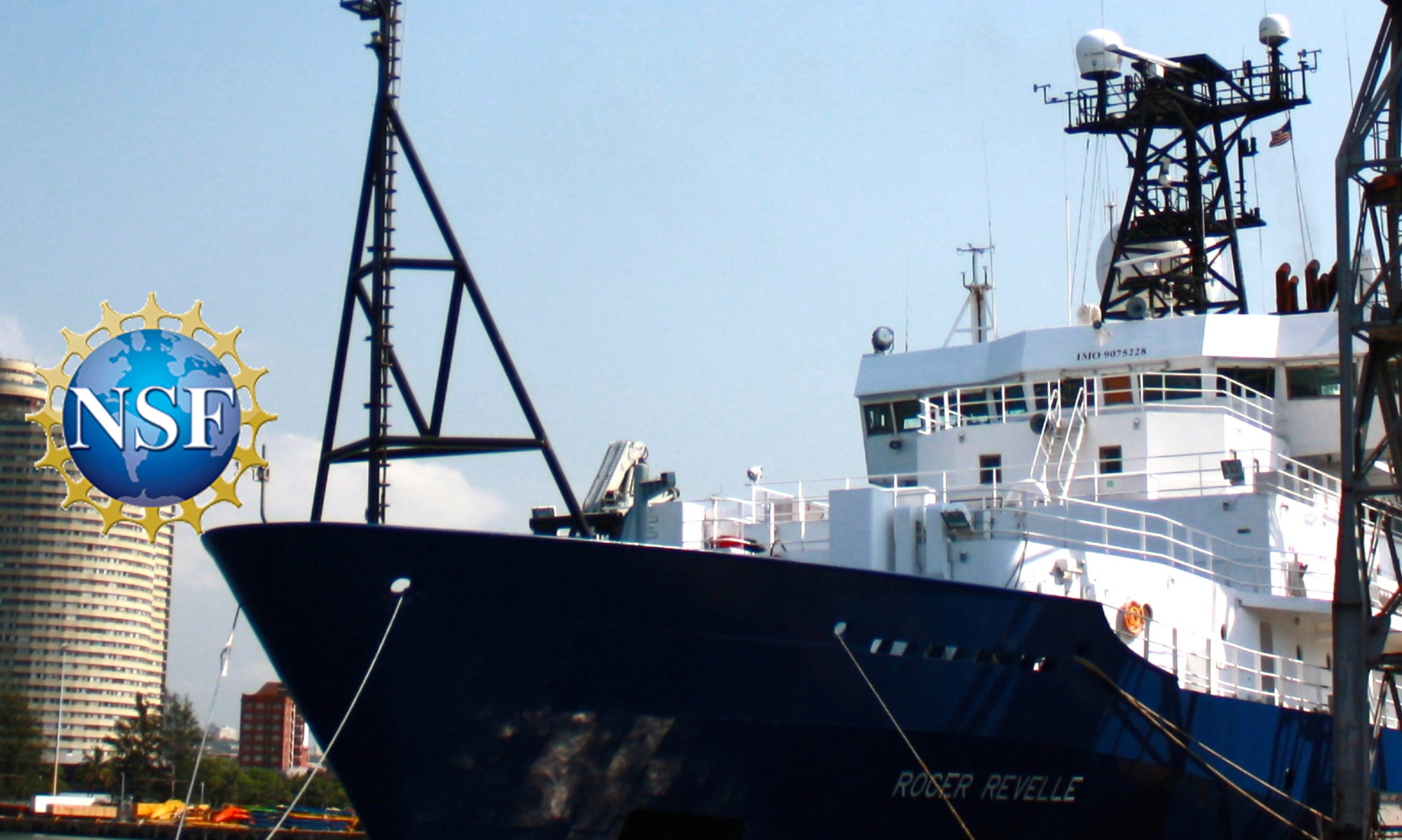
A typical research expedition has one or two chief scientists. Ours has 19. We chose this unconventional path so that, with support from the National Science Foundation, a large group of graduate students, postdoctoral researchers, and assistant professors would have the opportunity to gain valuable experience leading a research expedition and collecting marine seismic data.
Planning a research expedition is one of the most important tasks for a chief scientist — the person who’s responsible for the work that will take place during the expedition. Prior to meeting in Newport, the grad students and postdocs, or science party, worked remotely in groups of four to determine where in our set sampling region off the mid-Oregon coast, in an area of the Cascadia subduction zone, they’d collect their data.
This can be infinitely more complicated than it sounds. Members of a science party usually have diverse research objectives, meaning they want to collect different data from a variety of locations while at sea. Ship time is precious and expensive, so it’s not unusual for a research expedition to be made up of scientists pursuing different research projects within the same region. In our case, some members of the science party want to know about abrupt climate events of the past — events where there was rapid warming or cooling in the Pacific Northwest — others are interested in know more about the behavior of the slowly-shifting tectonic plates along the Oregon coast.

Our science party did a phenomenal job of putting together a thorough science plan, especially given that they weren’t able to do this in person. The science party also achieved one of their other main tasks: Communicating their plan to everyone else involved in the expedition. The operator of the ship, the captain and crew, and the science technicians need this information prior to the expedition so they can plan and prepare everything that’s needed to accomplish the science mission.
Before starting our mission on the R/V Revelle, the entire science party gathered in Newport, Oregon and spent the better part of two days refining and revising their science plan — and ensuring that the captain and crew knew about the adjustments to it.
Revelle left the dock at 11 a.m. this morning, September 26. There have now been nearly 12 hours of constant learning and action. Instrument deployments, a safety briefing, a science meeting, two presentations by the scientists about their work, a couple of quick meals in the galley, and, for those who haven’t sailed before, the opportunity to find their sea legs.

After nine months of planning, it’s exciting to see these young scientists in charge and working together to make this expedition happen. Their expedition training also includes experience communicating their research to non-scientists; on Monday I gave a three-hour workshop on science communication. In the coming week, you’ll hear directly from the science party — each member will write a post for this blog in the coming week.
And for the science-minded among you, you’ll also notice that we’ll post a daily science report with our most recent activities. See a few more photos from our day on the cruise Facebook page.
— Rebecca Fowler
